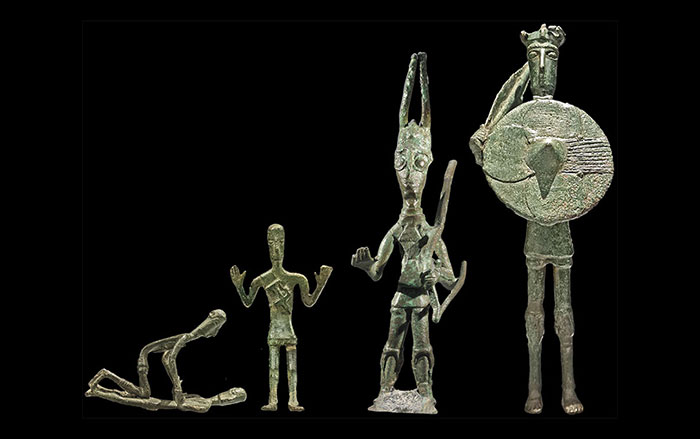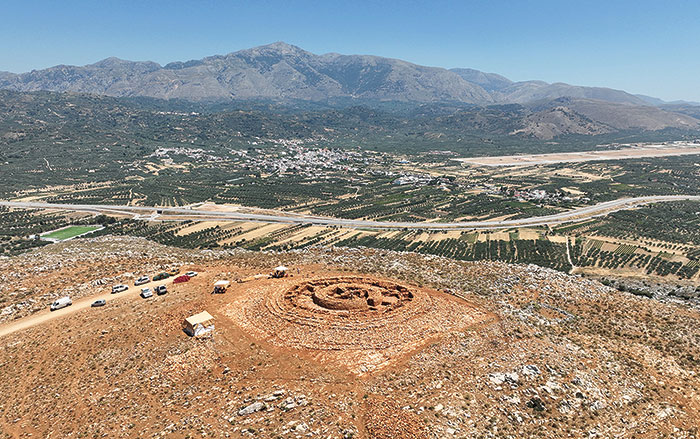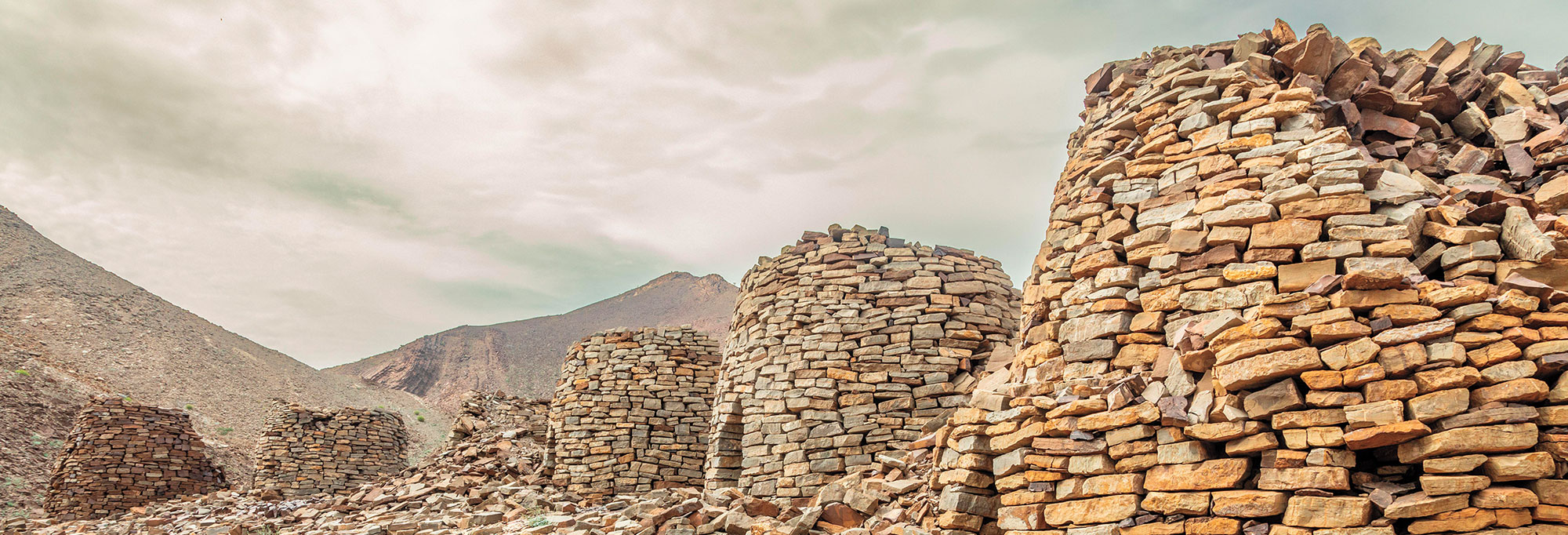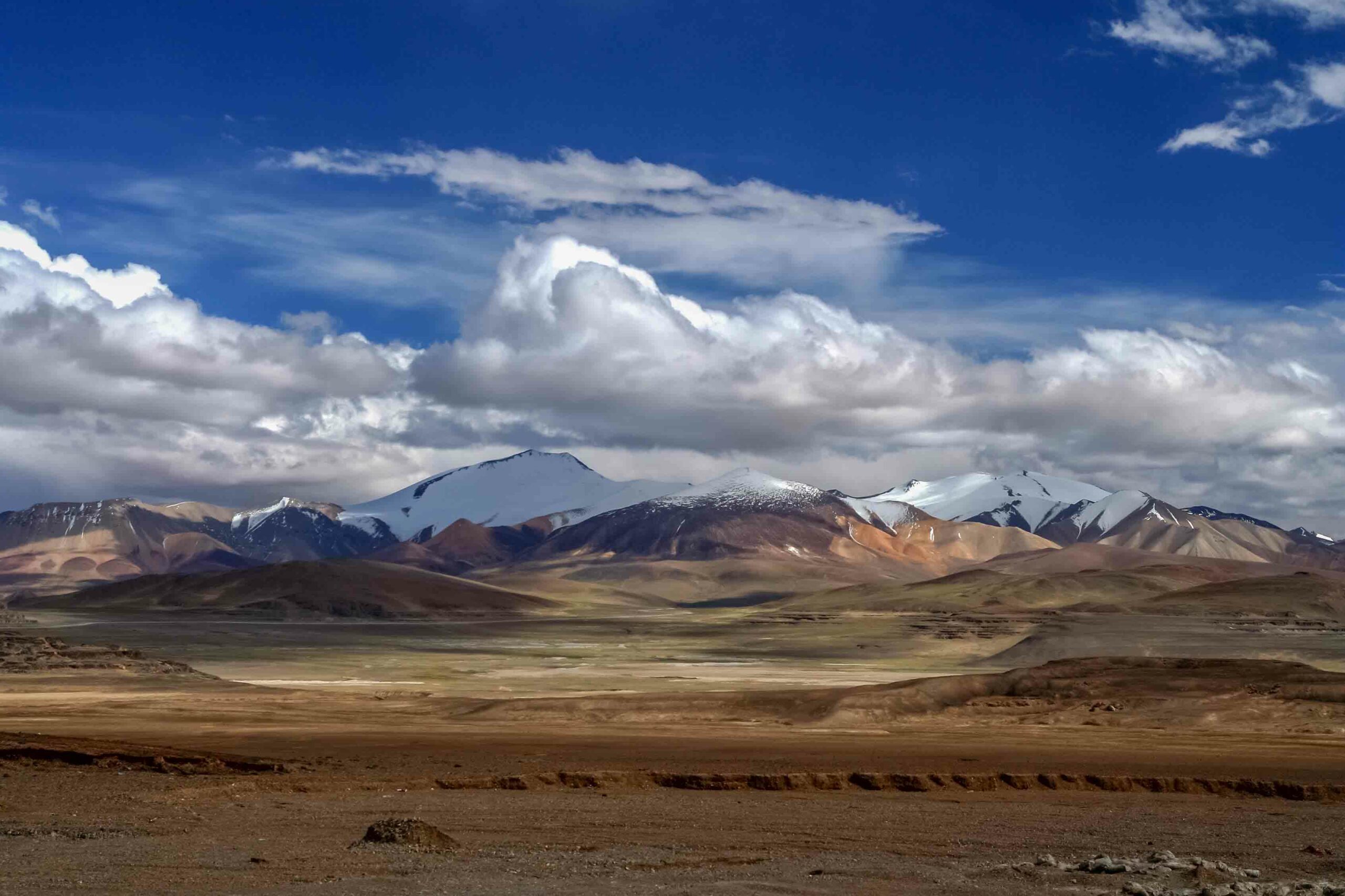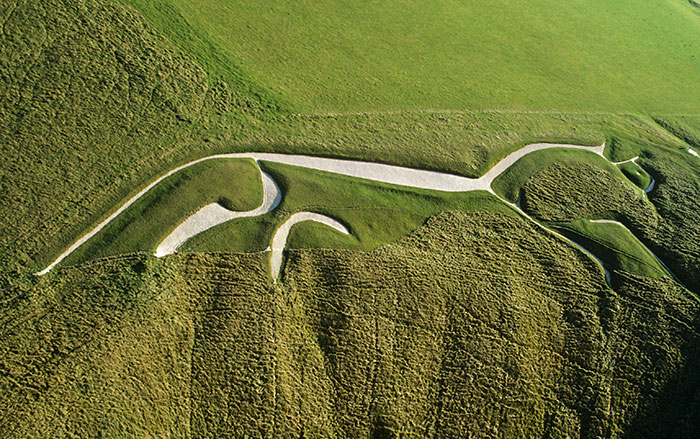
LONDON, ENGLAND—A new study suggests that Bronze Age Indus villages may not have relied upon flowing, Himalayan rivers to survive, according to a Live Science report. Sedimentologist Sanjeev Gupta of Imperial College London says a paleochannel, long thought to have carried water necessary for the survival of Indus villages, was actually dry by the time the villages were at their peak, between 4,800 and 3,900 years ago. Based upon a study of river sediments and samples from the paleochannel, Rajiv Sinha and Ajit Singh of the Indian Institute of Technology Kanpur determined the Sutlej River, which now flows across the Punjab region, had once flowed through the paleochannel, bringing glacial sediments and seasonal floods to the region. But about 8,000 years ago, the Sutlej changed course, leaving behind groundwater and a fertile river valley that was probably seasonally inundated with monsoon rains. “We think, actually, that these towns and settlements developed here because this was actually a good place for agriculture,” Gupta said. For more, go to “Letter from India: Living Heritage at Risk.”


